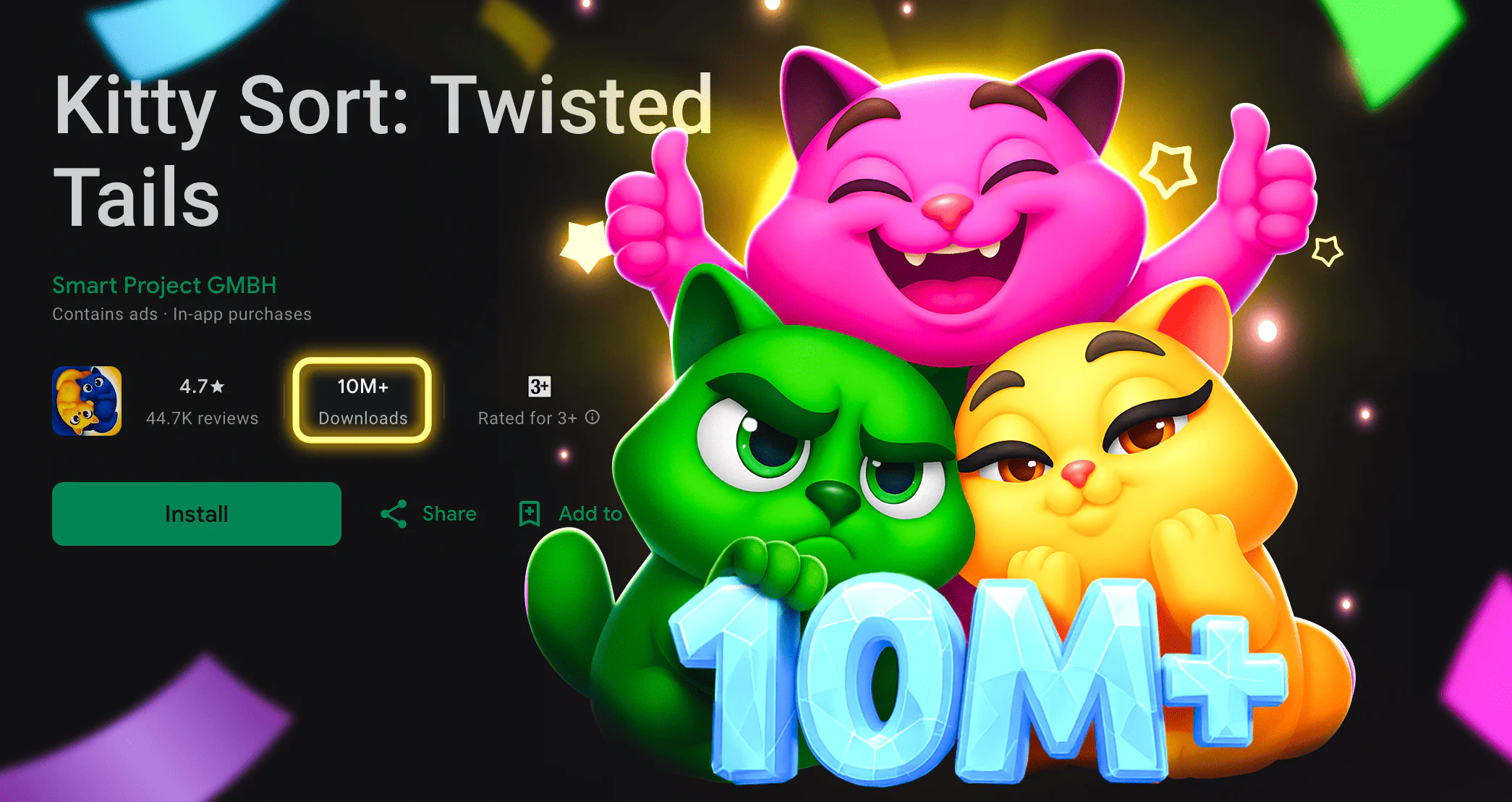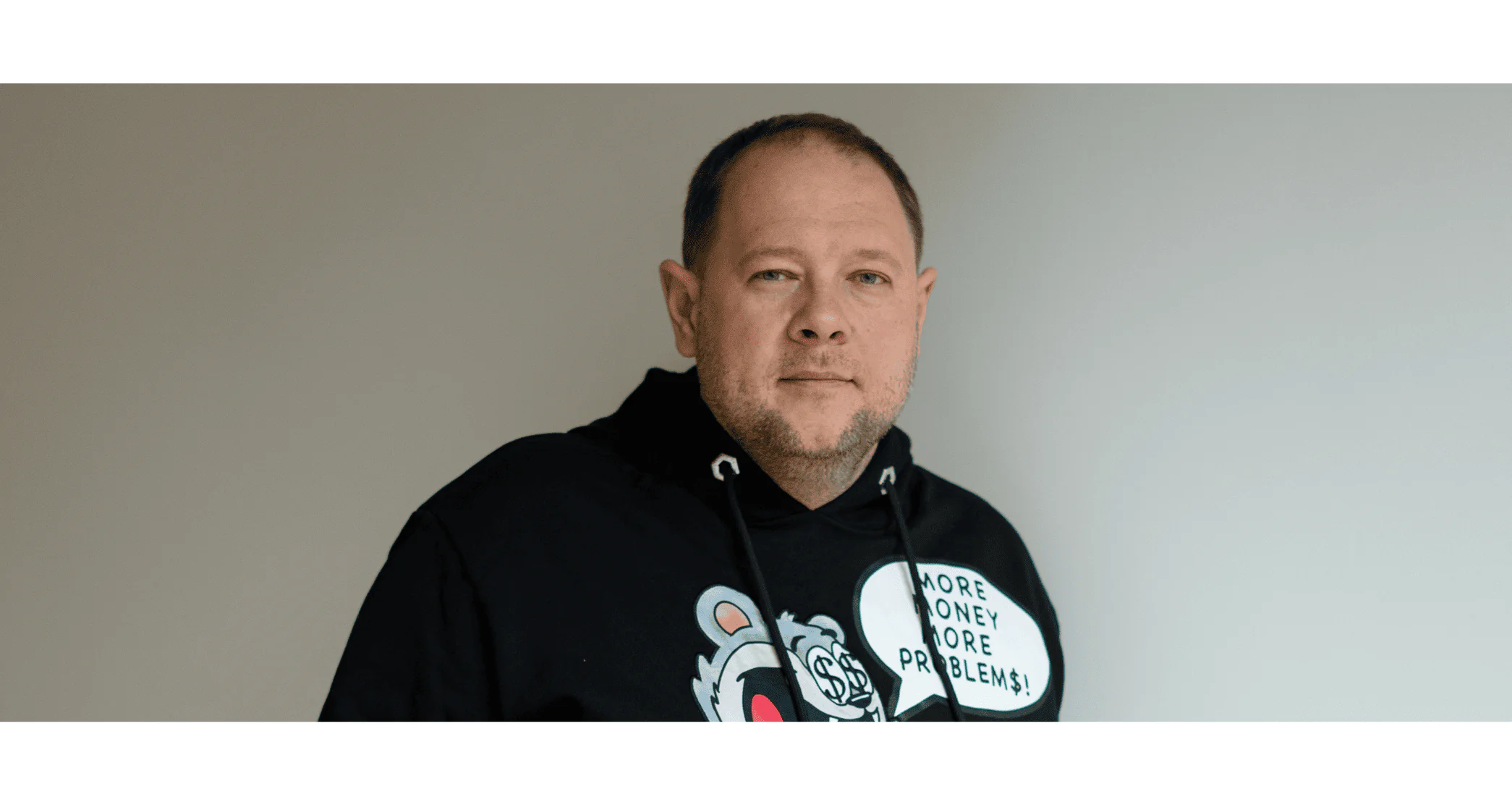How the work of the R&D department at Smart Project is structured: workflow, market research, project selection, and pitfalls

Imagine creating a game that will change the market or become a favorite for millions. It always starts with an idea — bold, unconventional, ahead of trends, or conversely, familiar, classic, and understandable. But inspiration alone is not enough. This is where R&D comes in — a department that combines creativity and analysis to assess the real feasibility of any idea.
In game development, R&D is the laboratory of the future. It studies what are player’s interests, what competitors offer, and what technologies can elevate the gaming experience to a new level. Thanks to R&D, new genres, mechanics, solutions, and sometimes even entire gaming platforms are born.
Moreover, R&D helps reduce risks. By testing ideas in the early stages, the team identifies weak points, fixes them, or discards concepts that won’t yield results.
“R&D is a new development vector for us. The department was established just six months ago, but it is already helping us find promising ideas and assess their chances of success. We are not just testing hypotheses but building an automated and systematic approach to minimize the human factor, and make more objective rather than subjective decisions. In this short time, the team has done tremendous work: analyzing hundreds of ideas, conducting dozens of marketing tests, and already having four projects in development. This is just the beginning, but it already shows how crucial R&D can be for our company,” — Anton, CEO and Head of R&D Department.
Workflow: how is the team’s work organized?
Our R&D team consists of 20 specialists, making process organization crucial. We don’t just search for new project ideas — we research, experiment, and lay the foundation for innovation and company expansion. We go through several key stages, each playing an important role in creating and developing future projects:
1. Market Research
Project selection is a key stage where we decide whether to invest resources in developing a particular idea. Evaluation is essential to focus on the project’s real potential rather than personal observations or preferences. At this stage, we:
- Identify ideas (projects/solutions/mechanics) with potential.
- Select projects for testing based on their niche prospects.
- Conduct preliminary risk and opportunity assessments based on data.
Besides potential, we also select projects that align with our preferred genres. Implementation feasibility is also crucial: complexity, project scope, niche competition level, potential for adding unique elements or creating a USP, production capabilities, and the ratio of potential development costs to risks. However, during the search and selection phase, we continue experimenting, looking for something new, and avoiding overly narrow genre constraints.
We assess ideas based on:
- Statistical data: We analyze publicly available indicators using platforms like Sensor Tower, evaluating retention, install growth, DAU, release date, purchase volumes, and top geographies.
- Genre: Is it something new or already familiar to players? How well does it align with the team’s capabilities?
- Mechanics: How relevant are the mechanics in the current market?
- USP: Can we differentiate or bring something new to the mechanics/subgenre?
- Our experience: Our team includes specialists with over 10 years of industry experience, whose expertise helps evaluate projects from different perspectives.
To calculate a project’s viability, we use our own formula — a “secret” ingredient in every analysis. Once the calculations are complete, we get an objective picture that helps us decide whether to proceed with a project.
Based on the market report, we determine which project moves into development, which ideas need further refinement, and which we abandon or put on hold indefinitely.
2. Marketing Test: Initial Results
Before launching full development, we test the concept through marketing tests. This helps us understand:
- How do players react to the visuals and mechanics?
- How competitive the chosen concept/mechanics/visuals are in their segment?
The obtained metrics help determine whether to proceed and what adjustments to make to the concept.
3. One Pager
This is a project presentation that allows the Product Owner to understand its potential and define the team’s focus. It includes:
- Project opportunities and goals.
- Key KPIs.
- USP and core mechanics.
- Monetization models.
- Risks.
- Visual solutions.
4. Game Design Document (GDD)
When the concept is ready, we create the GDD, which outlines all development details. It serves as an instruction manual for the team:
- What does the game look like?
- What mechanics are used? How do they interact?
- What development stages are needed?
- Balance and economy.
The GDD is the team’s “Source of Truth.” It must always be up to date, as changes and new solutions may arise during development. It also helps track development progress according to the initial idea.
5. Production
At this stage, developers and the art team come into play. We work on multiple projects in parallel to always be ready to launch the next idea. The team’s first result is a prototype — a basic game version demonstrating the core mechanics and overall idea.
6. Post-Production
For the prototype, creatives are developed and tested to:
- Understand how players perceive the game.
- Identify growth points and improvement opportunities.
- Evaluate final metrics and determine whether the project is ready for scaling.
At this stage, we upgrade the product and shape its further development strategy.
7. Returning to Idea Search
At this stage, the cycle completes, and the approved project is handed over to another team for further development and scaling. The R&D team returns to the starting point to search for and test new ideas.
Pitfalls and challenges in R&D work
“Working in R&D is always about balancing quantity and quality. One of the main challenges we face during market research is ‘market exhaustion’. When you analyze hundreds of games in a short period, you eventually reach a point where finding something new, unique, and high-performing becomes very difficult. The market simply doesn’t generate dozens of new top projects and hits in a short time. Here, it’s crucial to change the approach: we focus on mechanics that align best with our goals and vision, diving deeper into a smaller pool of games. This not only slows down market exhaustion but also helps concentrate on specific projects while the market regenerates and brings something new to us.
Another challenge is working with new, experimental mechanics. Every experiment carries risks since a mechanic may not meet expectations. But such challenges push the product team to think outside the box,” — Oleksandr, Game Designer.
Key skills for R&D specialists
In R&D, there is no time to spend years preparing a project for launch. The entire process, from market research to post-production, takes no more than 5-8 weeks. Therefore, key skills for specialists include:
- Prioritization: Specialists must evaluate the feasibility of various ideas to use their time efficiently. Our goal is not to create perfect prototypes but to conduct research and draw initial conclusions.
- Quick and effective decision-making: Given the limited time, making efficient decisions is crucial. Prioritization helps maintain focus and avoid distractions from unnecessary genres, mechanics, and metrics.
“I jokingly call our team a ‘prototype machine’. Precision and consistency are crucial. Of course, there are moments for experimentation, such as exploring new genres for the company. But even experiments have clear boundaries to keep us within deadlines and processes,” — Oleksandr, Game Designer.
R&D is about combining creativity and analytics, experimenting, making quick decisions, and taking a systematic approach. It not only helps find promising concepts but also minimizes risks by filtering out weak ideas early. While working in R&D is a challenge due to a changing market and risky mechanics, the team’s ability to balance quality and speed lays the foundation for future gaming hits.
Although R&D at Smart Project is still a young department, it has already proven effective and has become a vital part of the company’s growth. Much work, new ideas, and bold experiments lie ahead.

